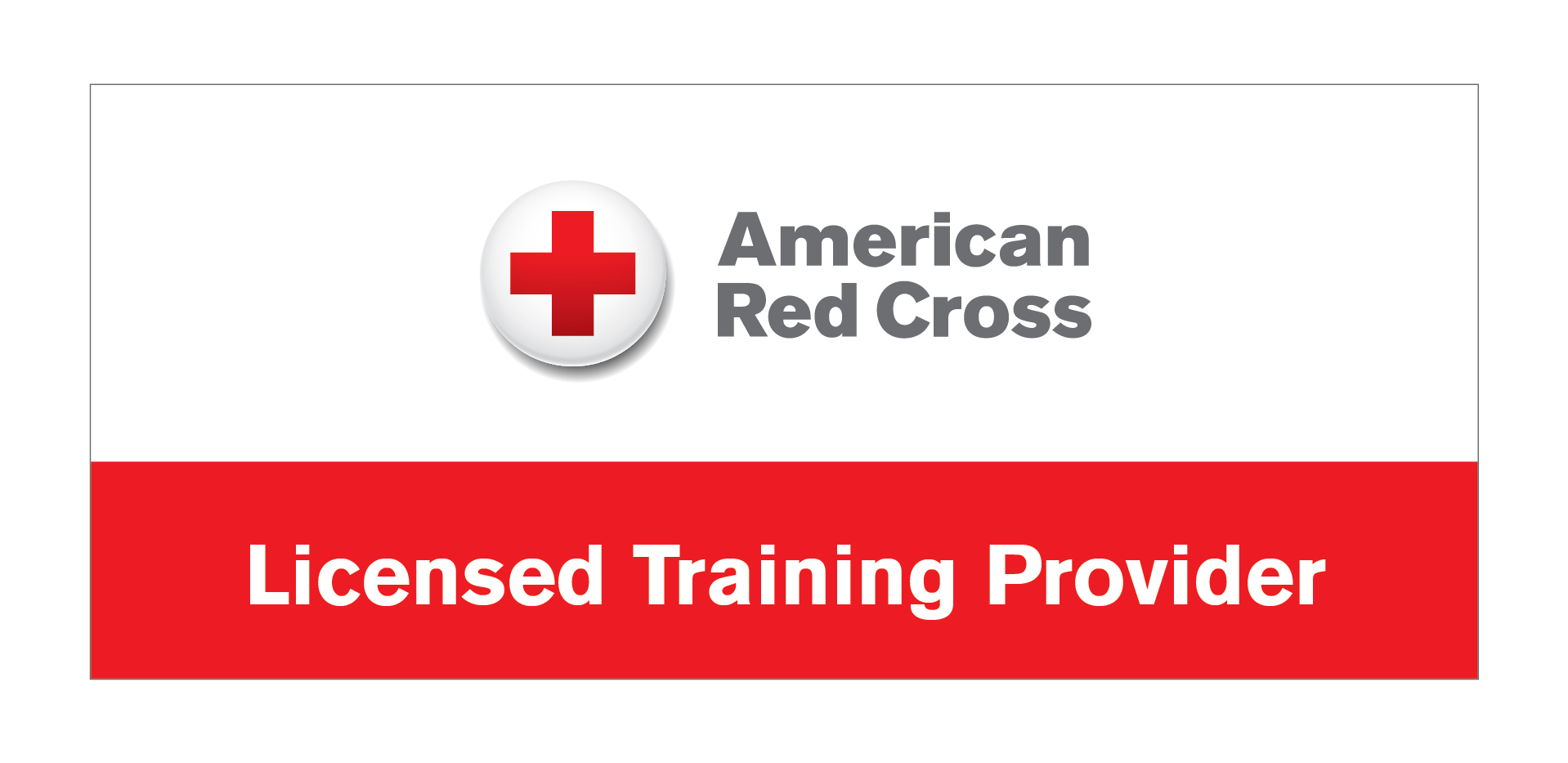Lay Responder First Aid training is what most people need when looking for a "first aid" class. Red Cross offers a modular class setup so classes can be built to fit the needs of the person or company. The most common classes you might see online are Adult CPR/AED, Adult First Aid, CPR/AED, and Adult & Pediatric First Aid CPR/AED. I will break down the parts so you can better understand what training you will receive when you book a class.
Instructor-Led vs. Blended Learning
An Instructor-Led course which is sometimes called a Full course is training that is all done in the classroom by the instructor. These classes are longer than the Blended Learning course as the instructor covers everything during the class. For First Aid training, nothing is required before class for you to complete. Other classes like Wilderness First Aid may require you to bring equipment to the start of the class.
A Blended Learning course which is sometimes called a BL course, is part online training, part classroom training. Blended Learning classes have a shorter classroom time as the instructor does not need to cover certain parts of the course. You must, however, complete the online portion of the class before the beginning of the classroom portion which can take anywhere from 45min to 3+ hours to complete. Most people take the BL class as they can do the online part when it's convenient and attend a shorter classroom session.
I personally suggest, if you've never been in a First Aid class before, try to find a Full Instructor-Led class. Even though the is a bit longer, you have an instructor in front of you that can better explain questions in a way that the online class cannot. It's nice to have a real person give answers to questions you might have, and if you don't understand, they can try a different way to explain the answer so you do understand. You don't get that personal attention with online content.
Infant, Child, Pediatric, and Adult training
Red Cross considers an infant to be 0-1 years old. A child is 1-12 years old, Pediatric, which covers both infant and child is 0-12 years old and Adult is anyone 12 and older. Your business may only require Adult training so Pediatric training may be unnecessary. I don't see too many Child only classes but I can teach them. Pediatric and Adult classes cover every age. I personally suggest Adult & Pediatric training. Even though your job doesn't deal with children or infants, you are not always at your job. An accident involving a child or infant can occur on your way home from work. Though there usually is a slight increase in cost and time to add Pediatric to your training, if you can afford the time and cost, it's worth it to have the knowledge.
CPR, AED and First Aid training
These are the basic components of the Red Cross First Aid Training. Some companies only require CPR or CPR/AED training. Some only require First Aid training. You can decide which part or all parts are needed for your personal or business training.
CPR - Cardiopulmonary resuscitation, is where you push on a person's chest to pump their heart to keep oxygenated blood flowing until help arrives. You learn how to do CPR, understand the signs of a heart attack or cardiac arrest, and other topics that apply to CPR.
AED - Automated External Defibrillator, is the device used to shock a heart, hopefully bringing it back to a normal pattern. You learn when to apply an AED, how to use the AED, and how it works with CPR. Rarely do I teach an AED-only class. I occasionally teach CPR-only classes. Mostly CPR and AED are taught together. AED machines are not hard to use but can be very intimidating if you've never been trained on how they work.
First Aid covers everything else. The focus is on life-threatening bleeding and how to control it along with other information such as seizures, diabetes, shock, and other conditions. This is good information to round off your training. First Aid gives the groundwork on what to do for basic emergency situations. All 3 are important and, in my opinion, if you have the funds and the time, you should take a class that includes First Aid, CPR and AED.


